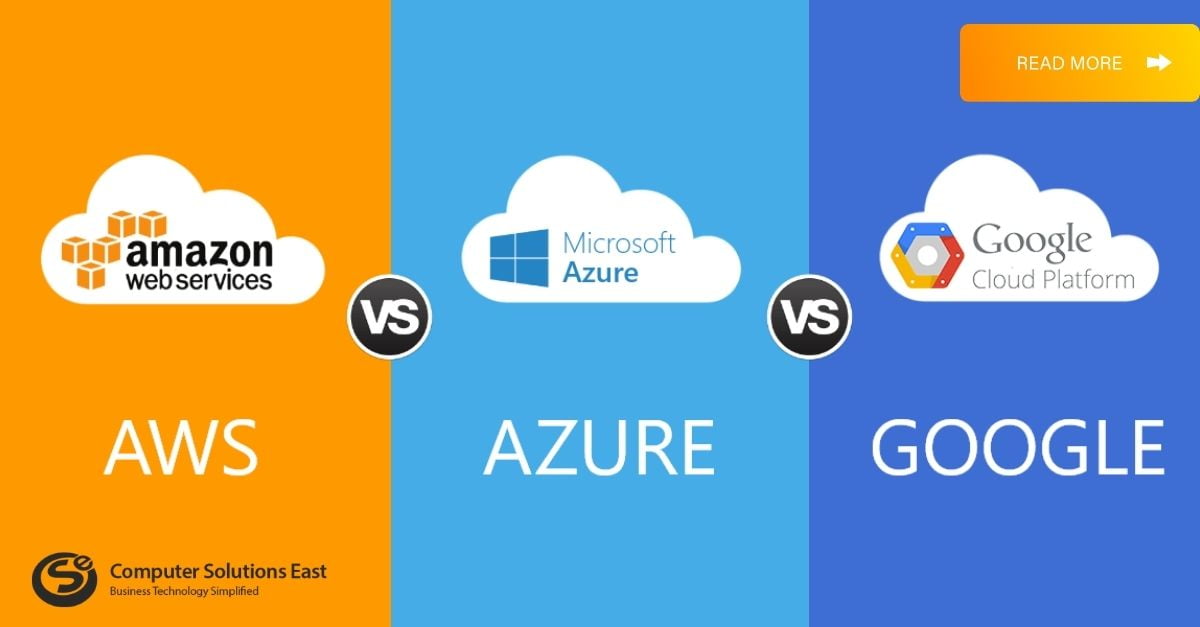Cybersecurity 101: Here’s What Business Leaders Should Know
In recent years, the cybersecurity landscape has significantly transformed due to the endorsement of more sophisticated and audacious hackers. According to Microsoft, Cybercriminals pay $200-$1000 monthly licensing fees to carry out daily phishing campaigns. Governments and regulators worldwide are taking proactive measures to protect businesses from cyber threats by imposing stricter regulations.
CEOs in the Driver’s Seat: Modern Cybersecurity Regulations
Regions have become more complex and strict in response to the increasing threat landscape. An excellent example of this is the SEC cybersecurity regulations from last year. These regulations require public companies to provide detailed information about their cybersecurity risks and mitigation strategies.
Additionally, these regulations promote the active involvement of CEOs in overseeing cybersecurity policies. This represents a shift towards a more proactive and vigilant approach to protecting company assets.
CEOs must recognize that cybersecurity regulations vary from one country to another. Businesses may need to adhere to multiple regulations based on client location.
Fines are only the tip of the iceberg in terms of the financial consequences of non-compliance. Legal fees, forensic investigations, and potential lawsuits can take a heavy toll.
Let’s take GDPR as an example. If a company violates data protection regulations, it can face fines of 4% of global revenue or €20 million. This is a clear reminder that non-compliance can lead to severe financial consequences, potentially bringing even the largest corporations to their knees.
Beyond the financial repercussions, reputation is another currency no CEO can afford to squander. When a company experiences a cybersecurity breach, it can cause significant harm to its reputation, destroying trust with stakeholders, customers, and partners. CEOs must understand that compliance is more than just ticking boxes. It is a vital part of building trust and fulfilling corporate responsibilities.
Compliance Unveiled: Mapping Your Route through Regulations
As a CEO, there are strategic measures you can take to prepare your organization for the complex cybersecurity regulations. The journey begins with conducting a comprehensive risk assessment better to understand the intricacies of your organization’s cybersecurity landscape.
Every employee in the organization, including the IT department, is responsible for maintaining its security. All employees must commit to complying with cybersecurity standards. This requires a commitment from the top down, with CEOs actively promoting a culture of safety, providing employees with the necessary knowledge and resources to identify and address potential risks, and setting an example for the entire organization.
CEOs should regularly engage with the company’s cybersecurity strategy, understand the risks, and make informed decisions. An expert IT partner can be an invaluable asset in the fight against cyber threats.
This not only strengthens the company’s overall security but also demonstrates a commitment to the well-being of employees. At the same time, organizations must invest in a skilled cybersecurity team to manage their compliance strategy effectively.
Bottom Line
It’s important to understand that compliance is not an imposition but a shared objective that aligns with the organization’s broader goals. By incentivizing compliance, we can create a sense of collective responsibility and reinforce the importance of cybersecurity across all departments. While cybersecurity regulations may sometimes strain business operations, they are no longer a choice but a necessity in the digital world.


